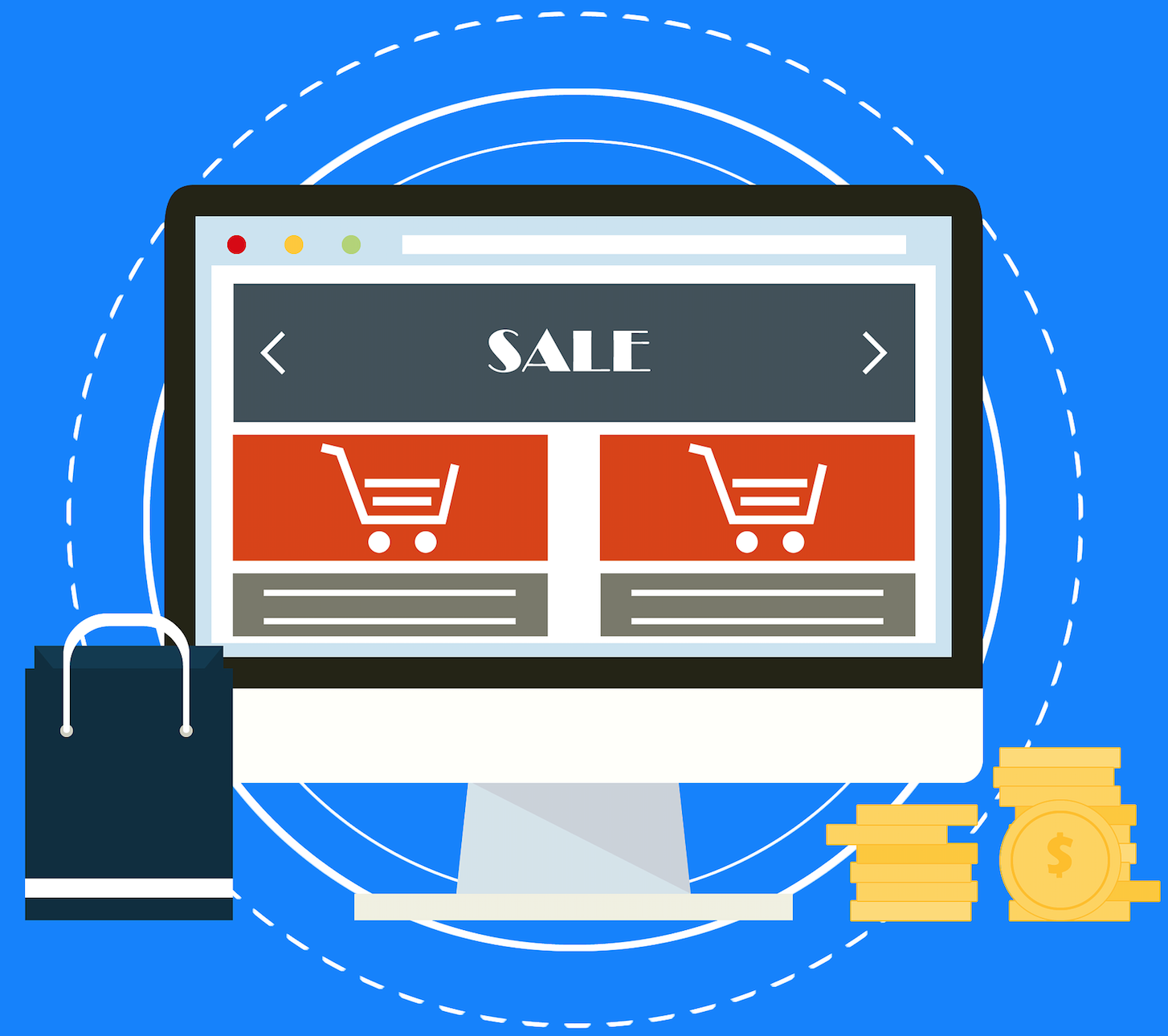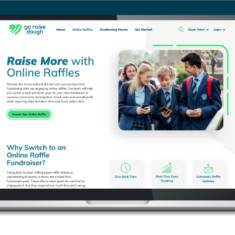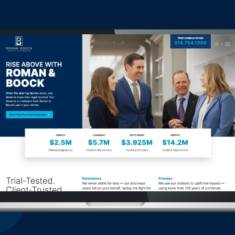I Love Inbound: Everything an eCommerce Site Needs to Succeed
06.21.17

Hello again fellow inbound professionals. It’s finally summer and you know what that means. Summer sales are here! Jump on your favorite eCommerce store to see what kind of sales they are offering their loyal customers. While you’re there, analyze the user experience of that site.
Can you navigate through the site with ease? How about with your tablet? Your phone?
Does the site offer user reviews?
Special offers?
FAQs?
What about multiple payment options?
Detailed shipping information?
If you’re on your favorite eCommerce site, chances are most of the above are present on the site. They use these features to please you, the customer.
Consumers may never think about these features as a convenience, but definitely notice when they are missing. We have put together numerous eCommerce sites ourselves, each of them include features that drive engagement and revenue for their business.
That’s why, for this month’s installment of I Love Inbound, I am breaking down the essential features of a great eCommerce site. Here’s what your eCommerce site needs to succeed:
1. World-Class UX Design
The UX design of an eCommerce site should always do 3 things:
- Provide visitors with a device-responsive design
- Display powerful, attractive imagery
- Create an easy-to-use navigation experience for the visitor
Your shoppers should not have to worry about which device they use to browse your products. Ensure your website is using responsive design so you can gain authority in Google search, and so you don’t miss out on valuable mobile traffic.
Shoppers expect to see the product before completing their purchase. Display your products in the best possible light. Make your product imagery the focal point of your website’s content and use attractive product images that your shoppers can’t resist.
The general navigation of your eCommerce should site keep the visitor engaged during each of the phases of the eCommerce experience. Provide multiple links to product categories during the product selection phase. Anticipate what your visitors will be searching for and create links for each of those items, even if some links go to identical product pages. Provide avenues to move visitors seamlessly from the product pages to their cart page.
2. Difference-Making Features
A great eCommerce site includes many small features to increase engagement and customer loyalty. If possible, your eCommerce business should implement the following website features:
- A “Related Items” section
- Customer Reviews
- Special Offers
- FAQs
- An Order Completion Message
Give your visitors the option to view related items, or items frequently bought together. Not only does this help increase revenue, but also shows that your company is intuitive and really is an expert in the industry.
Customer reviews are a great way to prove yourself to hesitant buyers. They help build legitimacy and quell the nerves of shoppers who are unfamiliar with your brand. Reviews give a bullhorn to traditional word-of-mouth promotion. Before the internet and social media, promotion by even the best product evangelist might reach only a few tens or hundreds of potential customers. With sharable online product reviews, a single loyal and satisfied customer can reach tens or hundreds of thousands.
Special offers are great ways to show off new or underperforming products. Seasonal special offers send a message to shoppers that these are the must-have items for this season. You can easily promote these offers through banner advertising or email marketing to draw your demographic to your website to begin their experience with a sweet deal.
Putting an FAQ section on your eCommerce site helps shoppers better understand your brand. Here they will find answers to issues they may run into, and find solutions right away before quitting their shopping on your site altogether. FAQs provide opportunities for internal linking and are a great way to keep engagement at a maximum.
Order completion messages provide confirmation and peace of mind after a shopper completes their checkout. Unlike in a physical store, there is no cashier to hand the shopper a bag, ensuring the process is complete. Setting up these completion messages, complete with shipping information, is a great way to send off the customer. There’s also a great opportunity to include a “Continue Shopping” section for extra revenue and engagement.
3. Convenient Transaction Process
Checkout is the most stressful part of a customer’s eCommerce website experience. Put visitors at ease by ensuring their transaction process is both secure and customizable.
Provide security measures throughout the checkout process. Display an SSL certificate and place any privacy policies in the footer of your site. Your site should always push your shoppers to sign up before purchases as it allows for an added layer of security.
Allow your shoppers to customize their payment method to what works for them. Aside from the usual credit/debit card options, offer Google and Apple Pay capabilities. The easier you make payment for your shoppers, the easier it is for them to finalize the order. This is particularly true if they can use a payment method that lets them avoid filling out a payment form (name, address, credit card info, etc.).
4. Detailed Shipping Information
Shipping is another part of the checkout process that can trip up some people. Again, the idea with checkout is convenience and making this process as stress-free as possible.
Provide as much information as you can about the shipping process. Include expected date ranges, shipping companies used, time of day preferences, and any other instructions for shipping that will ensure a smooth transaction. Make it easy for customers to ship to an address other than the one they might have on file or the one associated with their payment method. Allowing them to store multiple addresses may make future transactions easier or more likely.
Finally, include a return policy in the shipping details. Let your shoppers know that they can return the products if necessary. Give them every reason to trust your company with their needs and ensure that their happiness and your product’s quality are the top priority.
Bonus: Email Marketing Integrations
As an added bonus, here are some ways you can integrate email marketing with your eCommerce site.
Tie in special offers. As mentioned before, if you begin an email marketing campaign, make sure to include special offers or seasonal deals in each message. This draws attention to your sale, which in turn drives revenue.
Referral incentives. A goal of your company should be to grow the number of people in your membership programs. A great way to do this is to incentivize your current members to refer their friends and family. Offer them a reward in return for spreading the message for your company and enjoy an increase in memberships and loyal customers.
Order completion reminders. Distractions sometimes prevent people from completing their order. Sending an email with a reminder to complete their order is a great way to put your company and their needs back at the forefront of their minds. This may present another opportunity to offer an incentive to the customer.
For more ideas of how email marketing can help, visit our email marketing capabilities page.

